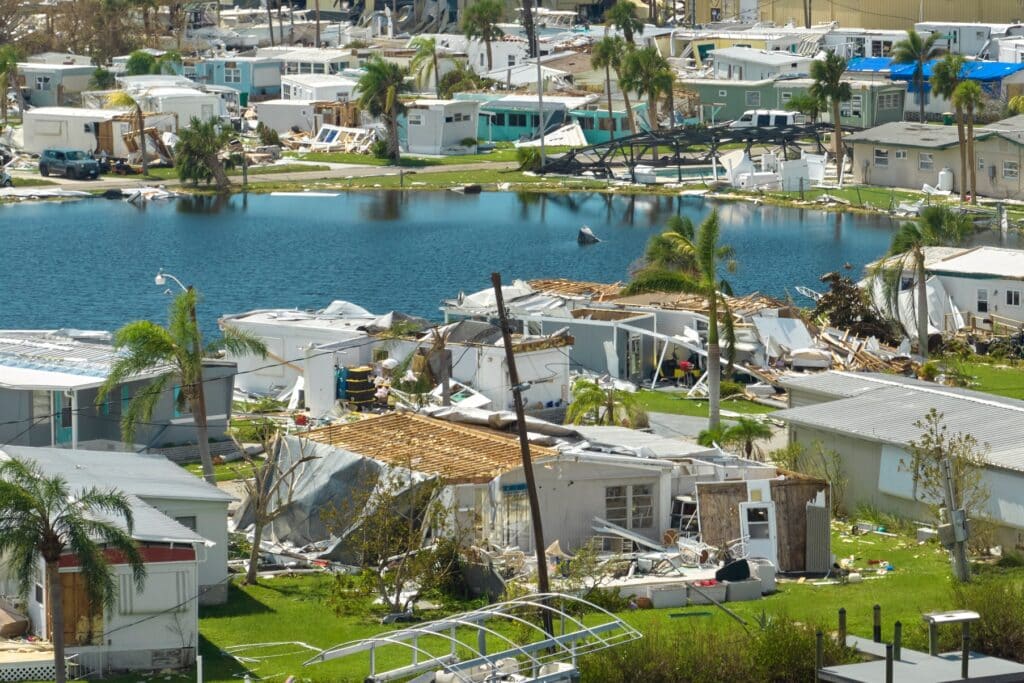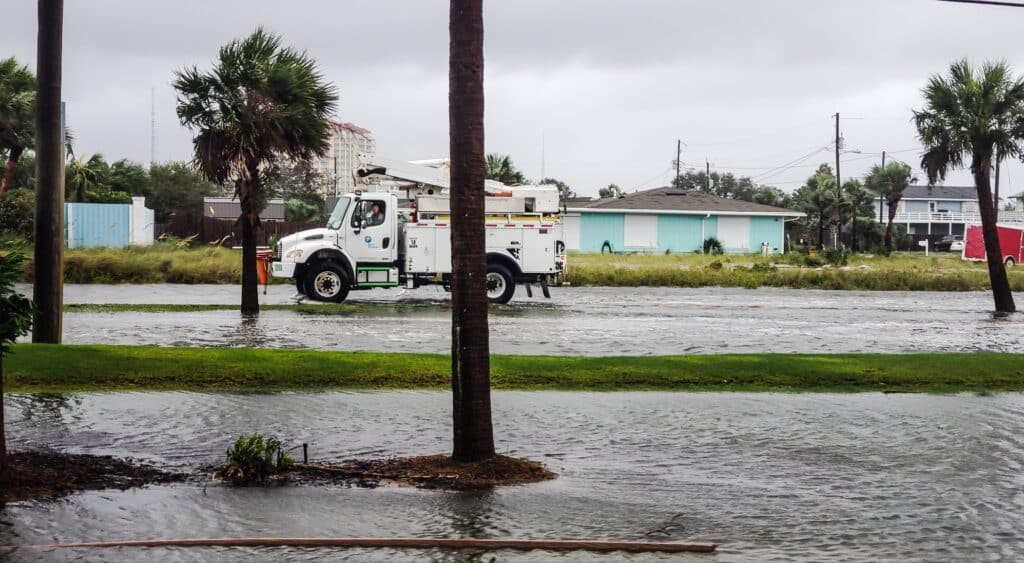From 1 to 5: Measuring the Impact of Hurricane Categories

Hurricanes are powerful natural events that can cause significant destruction, especially in coastal regions. For those living on the coast or considering buying property there, understanding hurricane categories is crucial. This knowledge not only helps in emergency preparedness but also in making informed property investments.
Understanding the Saffir-Simpson Hurricane Wind Scale
The Saffir-Simpson Hurricane Wind Scale is the universal system for classifying hurricanes. It categorizes storms based on their sustained wind speeds, ranging from Category 1 to Category 5. These categories provide a quick reference to gauge the potential wind damage and flooding associated with each storm.
Category 1
Category 1 hurricanes are the least severe in terms of wind intensity, with sustained wind speeds ranging from 74 to 95 mph. Even though they are considered the mildest on the Saffir-Simpson Scale, these storms can still cause notable damage. Expect minor structural damage to well-constructed homes, power outages due to downed power lines, and some tree damage. Flooding is typically minimal, but heavy rainfall can still lead to localized issues.
Category 2
Category 2 hurricanes have sustained wind speeds between 96 and 110 mph. These storms can inflict moderate damage on buildings, with the potential for roof and siding damage on well-built structures. There is a significant risk of large trees being uprooted and power outages can be widespread and prolonged. Flooding may occur in low-lying coastal areas, adding to the storm’s destructive capacity.
Category 3
As the first classification of a “major” hurricane, Category 3 storms feature sustained winds of 111 to 129 mph. These intense storms can cause significant damage to residential homes, particularly those not reinforced. The heightened wind speeds can result in extensive roof damage, snapped trees, and near-total power loss, potentially lasting for several days or weeks. Coastal flooding and storm surges become major concerns, posing grave threats to life and property along waterfronts.
Category 4
Category 4 hurricanes boast sustained wind speeds of 130 to 156 mph. With severe structural damage expected, well-built framed homes may lose roofs and walls. Debris will be widespread, and the impacts to infrastructure such as bridges and roadways can be devastating. Power outages are prolonged and even critical services may be severely affected. Storm surge-related flooding is severe, significantly altering landscapes and causing widespread property loss in coastal zones.
Category 5
Category 5 hurricanes are the most cataclysmic, with sustained wind speeds exceeding 157 mph. Buildings of nearly all types face a high risk of total destruction, and the landscape may be completely reshaped. Catastrophic damage to property and infrastructure is expected, making areas impacted by Category 5 storms potentially uninhabitable for weeks to months due to power failures and water shortages. The combination of wind and storm surges leads to unparalleled devastation in coastal and low-lying areas.
Understanding these distinctions is crucial for planning and resilience in the face of hurricanes, enabling communities to make informed decisions and appropriately allocate resources to mitigate risks.
Historical Examples of Hurricane Impact
History provides us with examples of how different categories can wreak havoc. Hurricane Katrina in 2005, a Category 5 storm, serves as a stark reminder of nature’s fury. It caused over $125 billion in damage, highlighting the immense power of high-category hurricanes.
In contrast, Hurricane Isaac in 2012 was a Category 1 storm. While it caused significant flooding and power outages, the structural damage was relatively minor compared to Katrina. These historical events illustrate the varying destructive potential of different hurricane categories.
By studying these past occurrences, communities can better understand the risks associated with different hurricane categories. This knowledge is instrumental in enhancing emergency response strategies and advocating for robust building regulations.

Preparing for Hurricanes
Preparation is key to weathering any storm, and this is especially true for hurricanes. Individuals and families should have an evacuation plan, know their local hurricane evacuation routes, and have a family emergency communication strategy.
Securing property is also essential. This includes reinforcing windows and doors, trimming trees to minimize debris, and knowing how to shut off utilities. Building an emergency kit with essentials like water, food, flashlights, and first aid supplies is critical.
Communities must coordinate efforts to ensure public safety. This includes establishing shelters, disseminating reliable information, and providing resources for those unable to evacuate. Preparedness can significantly reduce the damage and loss of life during a hurricane.
Buying Property Near the Coast
For those contemplating buying coastal property, understanding hurricane risks is essential. Locations prone to hurricanes require careful consideration of building codes, insurance costs, and potential property damage.
Investors should look for properties built to withstand hurricanes, which typically adhere to stringent building codes. It’s also wise to budget for higher insurance premiums due to increased risk. Understanding the local climate and historical hurricane patterns can help assess the likelihood of future storms.
Knowing the risks and preparing accordingly allows property owners to enjoy the benefits of coastal living while minimizing potential damages. Making informed decisions about location, construction, and insurance can protect investments and ensure personal safety.
